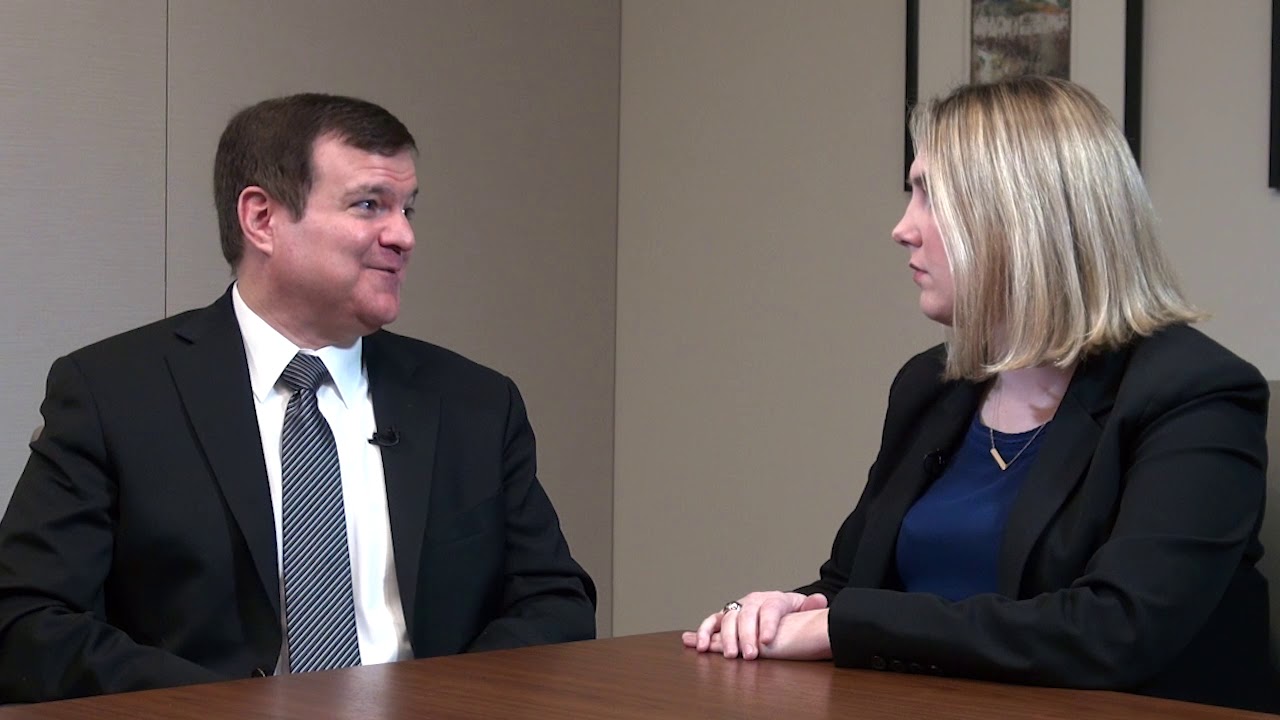Your IC-DISC Strategy: Does it Need to Change?

Jen: This is the PKF Texas Entrepreneur’s Playbook. I’m Jen Lemanski, and I’m back again with Frank Landreneau, one of our International Tax Directors. Frank, welcome back to The Playbook.
Frank: Thanks, Jen. It’s great to be back.
Jen: We’ve been talking about IC-DISC, and last time we talked about tax reform. What’s changed strategy wise since before tax reform and now after tax reform?
Frank: I think with IC-DISC it’s kind of a Back to the Future type of thing, because when the IC-DISC came out, it was really meant to be a deferral tactic and to really get tax advantages, because you’re deferring the recognition of the IC-DISC income, or really, the export income. With the tax reform act of 2003, as we talked in the last segment, where dividend income and capital gains got taxed at the capital gains rate, a much lower rate than ordinary income rates, then the strategy pivoted to be one of a distribution or repatriation strategy. People weren’t really using IC-DISCs to hold cash and fund operations but rather they made dividends.
Now, depending what type of entity you are with the new tax reform, the strategy may still be the same, as in the case, let’s say, of our flow-through entities, like S corporations, where the effective tax rates is like 29.6%. There’s still a pretty good arbitrage between that and the capital gains rates. If you’re a C corporation, or regular domestic corporation, then you really get no arbitrage. The strategy of repatriation just isn’t there.
Jen: Yeah. So, you might have to change a little bit.
Frank: That’s right.
Jen: Is there any other information that might be helpful for those who are trying to make that decision?
Frank: For C corporations, you kind of go back to the original strategy of the IC-DISC plan, which is deferral. One of the things you can do is have a producer’s loan, which is basically, the IC-DISC loans the IC-DISC income, which is the export income, back to the operating entity. You can defer – although the deferral is limited – you can defer net income on the first $10 million gross receipts, but that’s an annual limitation, so you can accumulate income as long as the income is put back into the business and used for specific purposes. There’s a whole host of tests you have to meet as you can imagine.
Jen: I’m sure.
Frank: But that’s really the strategy for C corporations, because the “IC” in IC-DISC is interest charge. Right now, the interest charge on this deferral is only 2%.
Jen: Wow, ok. Now, if you didn’t have an IC-DISC before, because either you didn’t qualify or you chose not to, does it make sense to now?
Frank: I think it depends on how you do business and how much export income you have and, of course, what type of entity you are operating in the U.S.
If you are a C corporation, you have the ability to take advantage of some deferral techniques, and if that would be interesting to you – let’s say your cost of capital would be much higher than 2%, which, interest rates are about 5.25% right now, you could take advantage of these deferral opportunities, and so the IC-DISC solution might be quite interesting.
If you’re a flow-through entity, like an S corporation or partnership, the typical strategy that existed before tax reform might be interesting as well.
Either way, I think it all depends on your particular operations and your strategy as a business.
Jen: So, they need to talk to somebody like you to get some insight.
Frank: Absolutely. One size does not fit all.
Jen: Perfect. Awesome, well, we’ll get you back to talk some more about international stuff. How does that sound?
Frank: I’d love to do it.
Jen: Great.
Frank: Thank you.
Jen: To learn more about other international topics, visit PKFTexas.com/InternationalDesk. This has been another Thought Leader Production brought to you by PKF Texas – The Entrepreneur’s Playbook. Tune in next week for another chapter.

